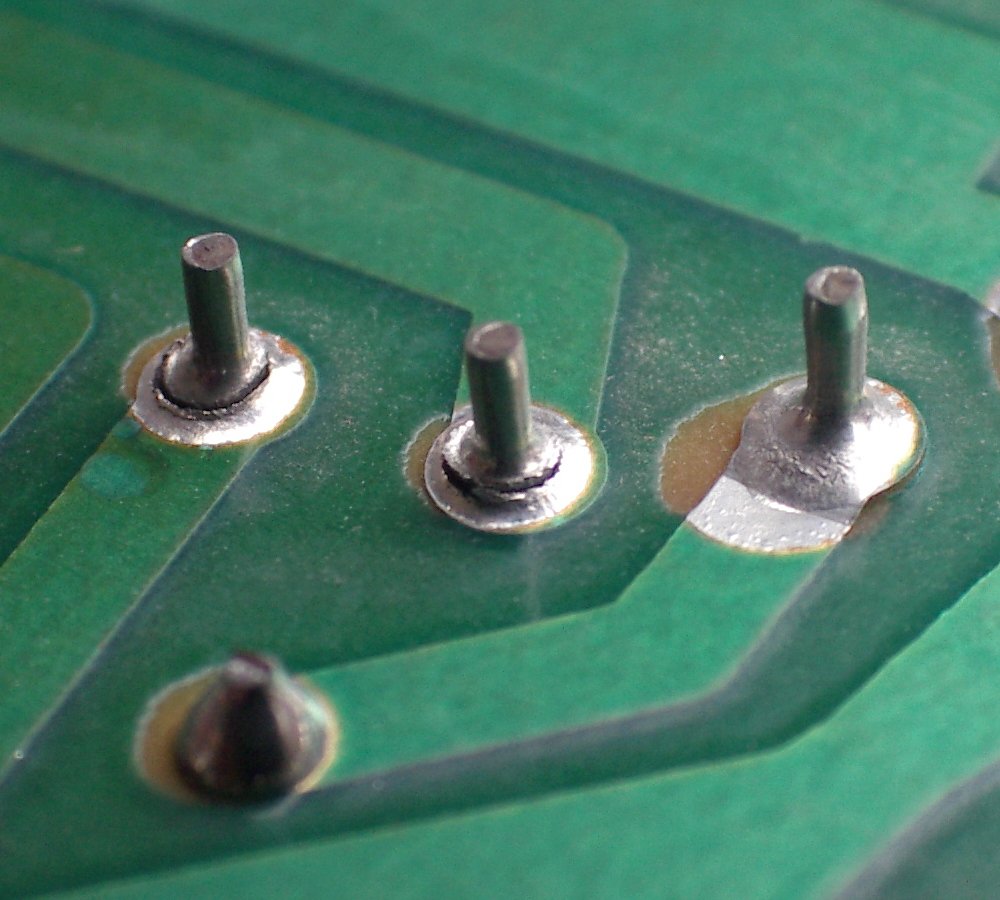techietim
Active Member
Hey guys!
Possibility of replacing amplifier at my church venue with one of the following two Behringer amps (just looking at these two at the moment!)
My question is regarding the set up and wiring of the amplifier.
Is it possible/how would I, set up the two following amplifiers so that it would take the single, mono XLR input from the desk output and provide the same, amplified output on all the amplifier output channels.
Behringer amp links:
Quad channel amp - EPQ304
Stereo channel amp - EPQ900
Your help is very much appreciated!
NB: As we are not ordering yet, please could you not suggest alternative models or makes! It is not possible to take two XLR outputs from the desk with our current set up.
Possibility of replacing amplifier at my church venue with one of the following two Behringer amps (just looking at these two at the moment!)
My question is regarding the set up and wiring of the amplifier.
- We have one, mono, output from the mixing console
- The amplifier will need to run all 4 of our speakers (either two pairs or individually)
Is it possible/how would I, set up the two following amplifiers so that it would take the single, mono XLR input from the desk output and provide the same, amplified output on all the amplifier output channels.
Behringer amp links:
Quad channel amp - EPQ304
Stereo channel amp - EPQ900
Your help is very much appreciated!
NB: As we are not ordering yet, please could you not suggest alternative models or makes! It is not possible to take two XLR outputs from the desk with our current set up.






